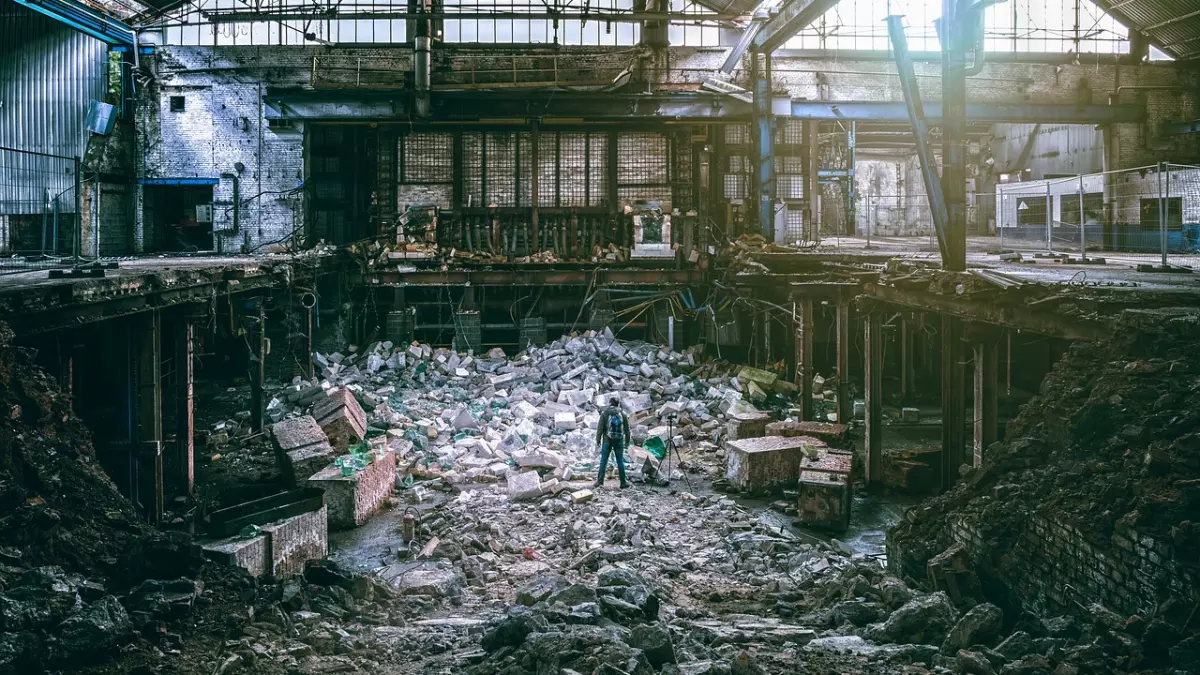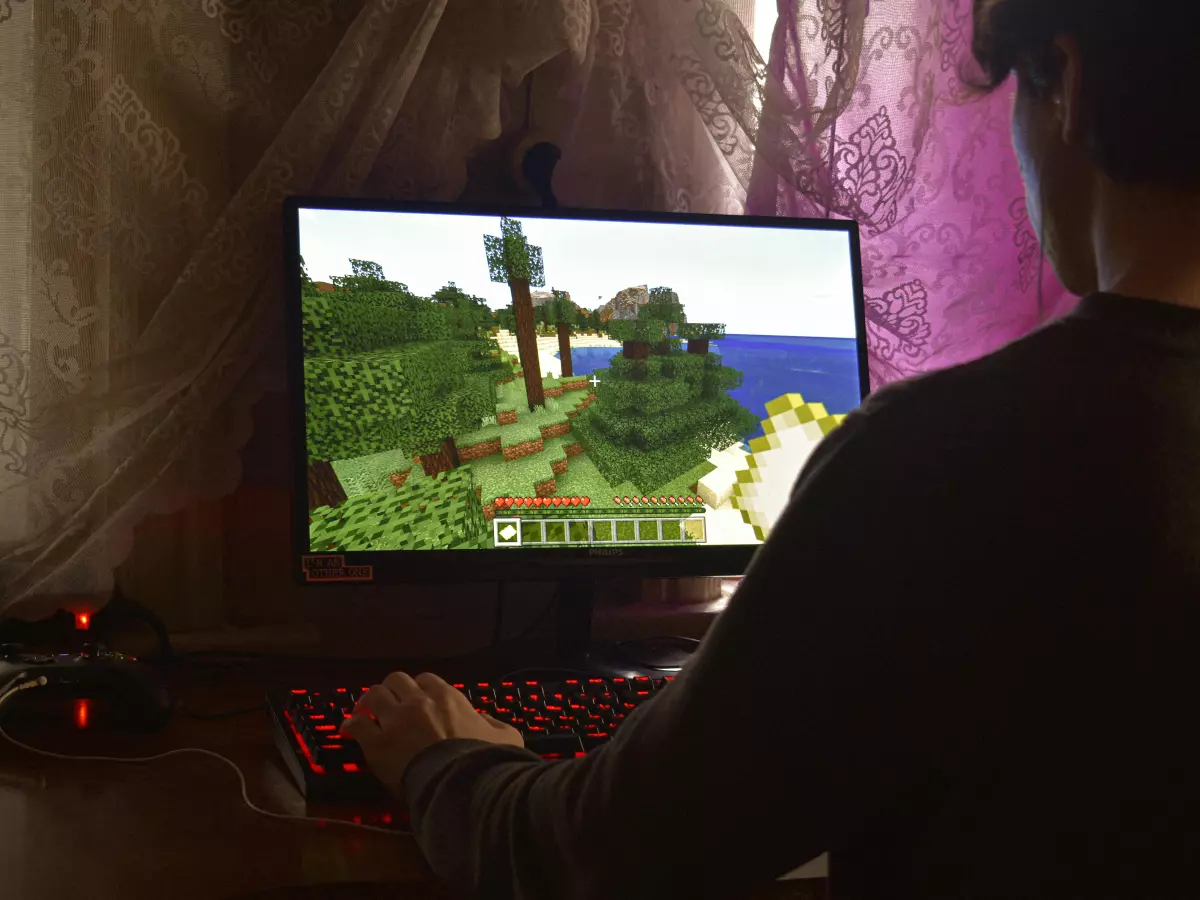Real-Time Destruction
"Why can't I just blow up everything in the game?" If you've ever played an open-world game, you've probably asked yourself this question.

By Carlos Martinez
There's a common belief in the gaming world that game engines should be able to handle real-time destruction with ease. After all, if we can render entire cities and simulate complex physics, why can't we just blow up every building, tree, and car in sight? It seems like a no-brainer, right? Well, not exactly.
In reality, real-time destruction is one of the most technically challenging aspects of game development. While it may seem like a simple case of 'make it break,' the truth is that handling destruction in real-time requires a delicate balance of physics, rendering, and performance optimization. And not every game engine is equipped to handle it.
Why Destruction is So Hard
Let's start with the basics. When you shoot a wall in a game, you're expecting it to crumble, right? But here's the catch: that wall isn't just a bunch of bricks stacked together. It's a single, solid object, often referred to as a 'static mesh.' To make it destructible, the game engine has to break that mesh into smaller pieces, each with its own physics properties. Sounds easy? Not so fast.
Every time a mesh is broken, the game engine has to calculate the physics for each fragment. That means figuring out how each piece should fall, bounce, and interact with the environment. And if you're dealing with hundreds or even thousands of fragments, the computational load can skyrocket. This is why many games limit destruction to specific objects or areas—it's simply too resource-intensive to simulate destruction everywhere.
Pre-Baked vs. Real-Time Destruction
To get around this, many games use a technique called 'pre-baked destruction.' Essentially, the destruction is pre-calculated and stored in the game files. When you blow up a building, the game isn't actually simulating the destruction in real-time—it's just playing an animation of the building falling apart. This is much less resource-intensive, but it comes at the cost of realism. You can't interact with the debris, and the destruction will always play out the same way.
Real-time destruction, on the other hand, is dynamic. The game engine calculates the destruction as it happens, allowing for more realistic and varied outcomes. But as we mentioned earlier, this requires a lot of computational power. And even the most advanced game engines struggle to handle real-time destruction on a large scale without sacrificing performance.
Physics Engines to the Rescue?
So, why not just throw a powerful physics engine at the problem? Well, it's not that simple. While physics engines like Havok and PhysX are great at simulating rigid body dynamics, they still have limitations when it comes to real-time destruction. For one, they have to work in tandem with the game's rendering engine, which is responsible for drawing all those fragments on the screen. If the physics engine is calculating too many interactions, the rendering engine might not be able to keep up, leading to frame rate drops and other performance issues.
Moreover, physics engines are designed to handle objects that are already broken up into smaller pieces. They don't have the capability to dynamically split a large object into fragments in real-time. This is why many games use a hybrid approach, combining pre-baked destruction with real-time physics for smaller, more manageable objects.
Enter Voxel-Based Destruction
One of the most promising solutions to the real-time destruction problem is voxel-based destruction. Unlike traditional polygonal meshes, which are made up of flat surfaces, voxels are 3D cubes that can be individually manipulated. This makes them ideal for simulating destruction, as each voxel can be treated as a separate fragment.
Games like Teardown and Besiege have already demonstrated the potential of voxel-based destruction. In these games, you can blow up entire buildings, and the destruction is calculated in real-time. However, voxel-based destruction comes with its own set of challenges. For one, it requires a lot of memory to store all those individual voxels. And while it works well for smaller, more contained environments, it's not yet feasible for large, open-world games.
The Future of Real-Time Destruction
So, where does that leave us? While real-time destruction is still a technical challenge, advancements in game engines and hardware are slowly making it more feasible. As GPUs become more powerful and game engines continue to evolve, we may eventually see a future where real-time destruction is the norm rather than the exception.
But for now, don't expect to blow up everything in sight. Game developers have to make trade-offs between realism and performance, and real-time destruction is often one of the first things to go. So, the next time you're playing a game and wondering why that building isn't crumbling the way you want it to, just remember—it's not as easy as it looks.





